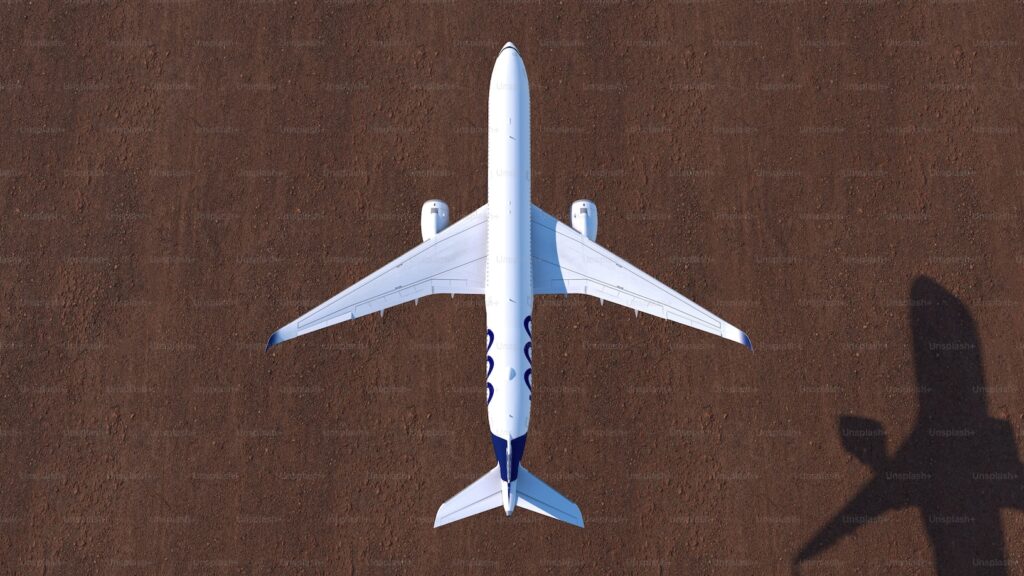
De-icing is a critical component of aviation safety. Proper de-icing ensures that aircraft can operate safely and efficiently in cold weather conditions, and that passengers arrive at their destinations as planned. There are several different types of aircraft de-icing procedures, each of which is designed to address specific needs and challenges. Here are the different types of aircraft de-icing procedures:
1. Type I De-icing Fluid: Type I de-icing fluid is a mixture of water and glycol that is used to remove frost, snow, and ice from an aircraft. Type I de-icing fluid is typically used in temperatures above 20°F (-6°C), and is applied using high-pressure spray equipment. Type I de-icing fluid is effective at removing ice and snow from an aircraft, but is not effective at preventing ice buildup.
2. Type II De-icing Fluid: Type II de-icing fluid is a mixture of water, glycol, and a thickening agent that is used to remove ice and snow from an aircraft, and to prevent ice buildup. Type II de-icing fluid is typically used in temperatures between 10°F (-12°C) and 20°F (-6°C), and is applied using high-pressure spray equipment. Type II de-icing fluid is effective at removing ice and snow from an aircraft, and at preventing ice buildup for a limited time.
3. Type III De-icing Fluid: Type III de-icing fluid is a mixture of water, glycol, and a thickening agent that is used to prevent ice buildup on an aircraft. Type III de-icing fluid is typically used in temperatures below 10°F (-12°C), and is applied using high-pressure spray equipment. Type III de-icing fluid is effective at preventing ice buildup on an aircraft, but is not effective at removing ice and snow.
4. Hot Water De-icing: Hot water de-icing is a method of removing ice and snow from an aircraft using hot water. Hot water de-icing is typically used in temperatures above 20°F (-6°C), and is applied using high-pressure spray equipment. Hot water de-icing is effective at removing ice and snow from an aircraft, but is not effective at preventing ice buildup.
5. Electrothermal De-icing: Electrothermal de-icing is a method of preventing ice buildup on an aircraft using electrical heating elements. Electrothermal de-icing is typically used in temperatures below 10°F (-12°C), and is applied using specialized equipment that is installed on the aircraft. Electrothermal de-icing is effective at preventing ice buildup on an aircraft, but is not effective at removing ice and snow.
In conclusion, there are several different types of aircraft de-icing procedures, each of which is designed to address specific needs and challenges. From Type I and Type II de-icing fluids, to hot water de-icing and electrothermal de-icing, each method has its own advantages and limitations. As the aviation industry continues to evolve and face new challenges, it is likely that the importance of aircraft de-icing procedures will only increase, making it essential for aviation professionals to stay up-to-date with the latest best practices, standards, and technologies in the field. By doing so, they can help to ensure that aircraft operate safely and efficiently in cold weather conditions, and that passengers arrive at their destinations as planned.

